Project description
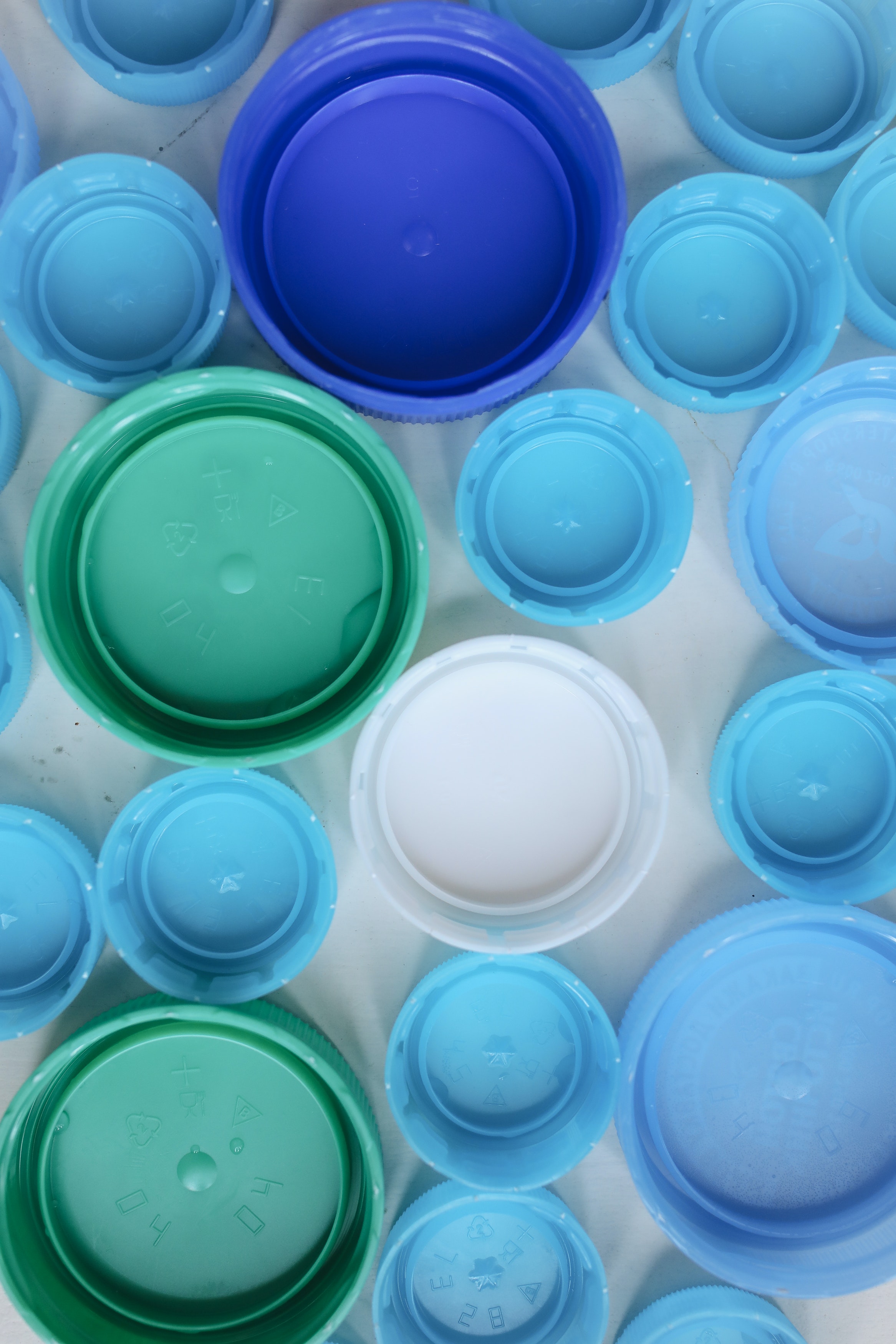
Tiny plastic particles called microplastics (MPs) can easily find their way into freshwater supplies. Concerning the global scale of pollution as well as the possible threat of microplastics to living organisms and human beings, scientists struggle to count these particles to estimate the scale of the problem and to know better the enemy. As microplastic detection methods are getting more developed, the sample preparation step becomes a bottleneck of the studies. This multi-step, time-consuming and expensive environmental sample preparation procedure for microplastic analysis requires simplification and standardization.
Thus, the main objective of the presented project is the fabrication of advanced multifunctional membranes composed of organic and/or inorganic materials and immobilized enzymes of various groups, their thorough characterization, and application of the formed bioactive membranes in the process of environmental samples preparation for microplastic pollution analysis to reduce procedure time, cost, and the number of steps and enable better use of the reagents, due to the enhanced lifetime of the immobilized enzymes.
It should be noted that the existing literature does not describe an application of biocatalytic membranes in environmental sample purification for microplastic analysis. Based on that, various inorganic and organic membranes will be tested to select the most appropriate matrix for further enzyme immobilization. The selection of membrane material will be closely related to avoiding the secondary contamination problem of the samples. An
important innovative aspect of the research planned within the project will be also the use of electrospun materials for membrane production and enzyme immobilization. As the most bothersome are cellulose and protein contaminants in environmental samples, enzymes dedicated to their degradation will be firstly immobilized to create biologically active membranes for single-step sample enzymatic treatment and filtration. Afterward, other enzymes such as oxidases, lipases, or amylases will be tested. The created biomembranes will undergo thorough physicochemical characteristics and their kinetic parameters under various conditions will be determined. This will be necessary for further optimization of the sample purification process.
The key task will be the application of the obtained biologically active membranes in the environmental sample preparation process.
For this reason, the impact of the variability of the tested parameters such as time, flux, and pressure will be monitored, and the performance of the fabricated membranes will be evaluated. Model solutions of polymers will be applied in preliminary tests of the prepared membranes, to evaluate their efficiency, which in the next stages will be replaced by the obtained real environmental samples. Moreover, an attempt will be made to develop the concept of an enzymatic membrane reactor to maximally simplify the sample preparation procedure while maintaining the high performance of the biocatalytic membranes. To verify the suitability of the proposed approach for the environmental samples preparation and to determine the usability of the produced membranes, quality and quantity analysis of the prepared samples will be executed using chromatographic and spectroscopic techniques.
The cognitive nature of this project will enable better control of the sample purification process, benefiting from its cost, time, and level of complexity. It should be underlined, that the number of research items analyzing microplastic particles in freshwater is very limited. Accordingly, the data on freshwater contamination levels with microplastic and their seasonal changes will be of high importance. Further, the interdisciplinary character of the
project covers such scientific areas as material science, biotechnology, chemical technology, and environmental protection, while obtained data will significantly enrich the current state of knowledge of the above-mentioned areas.
Therefore, the innovative aspect of the planned study is undoubted. The developed research methodologies and created theoretical foundations will be a measurable effect of the project together with conference presentations and research articles.
The results of the project will be of high importance for environmental quality control and will contribute to the development of pollution-free science and society.
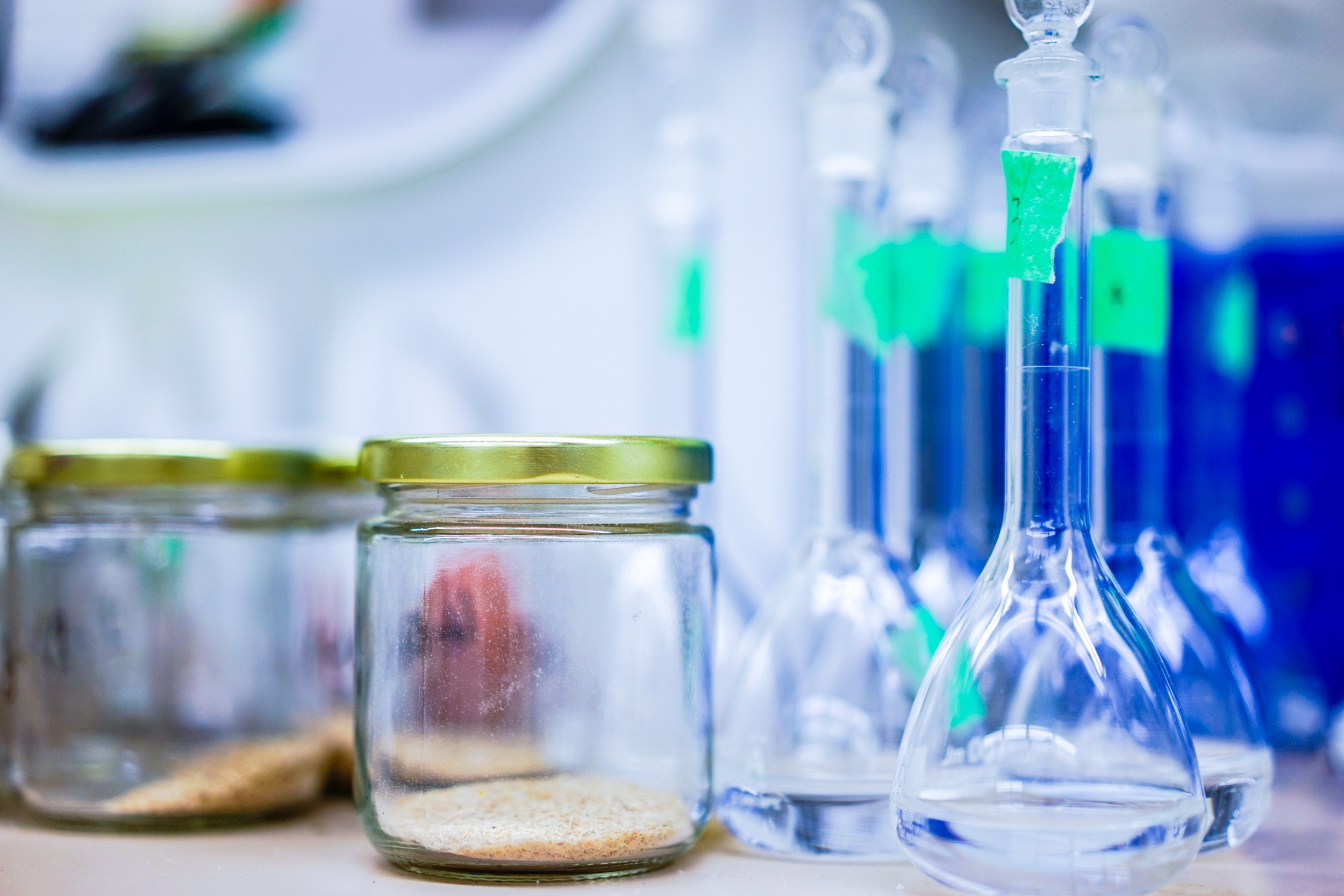
Microplastic sampling and initial analysis
The first phase of the project will aim to secure environmental samples for further analysis, perform their characteristics, and select storage methods, to prevent sample degradation during the project period.
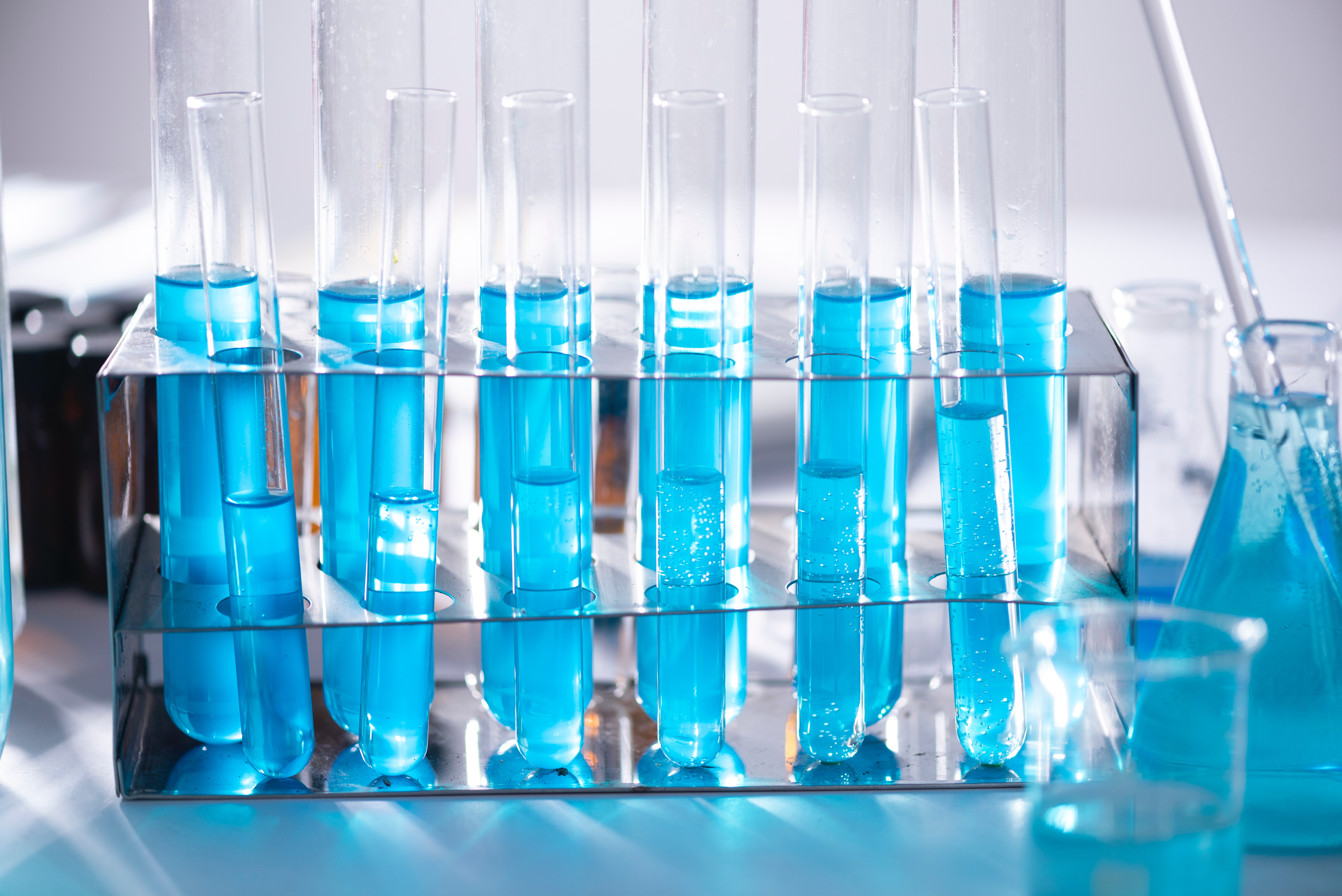
Bioactive membranes preparation
This phase of the project will be focused on self-preparation or obtaining commercial membranes, and their application in the enzyme immobilization process. At this stage, process effectivity and the effect of immobilization parameters will be carefully examined.
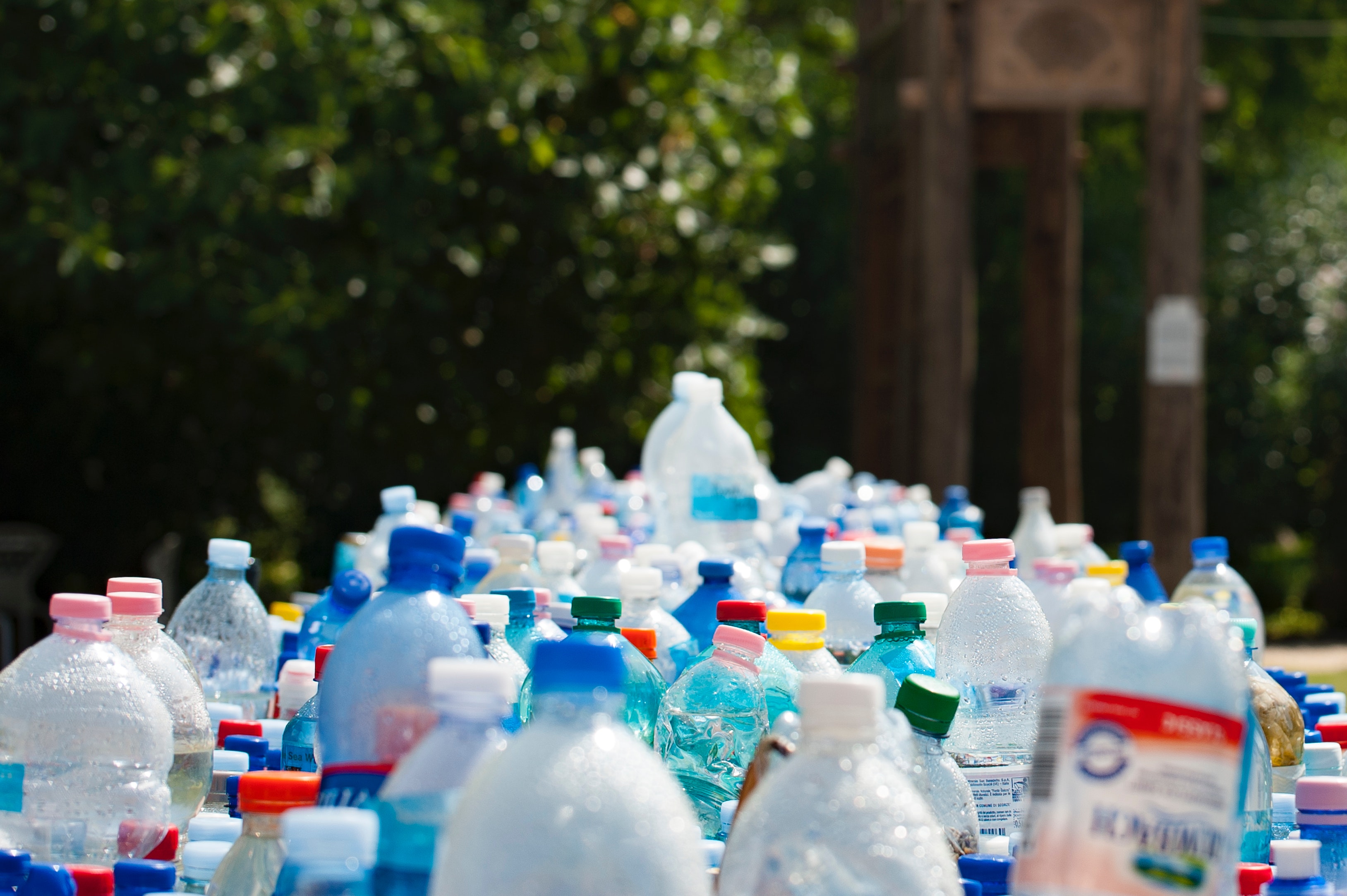
Characterization of the properties of the biocatalytic membranes
The created biomembranes will undergo careful physicochemical and morphological characterization, and their catalytic potential will be evaluated. This is necessary to understand their mechanism of action and properly design further steps of the sample preparation process.
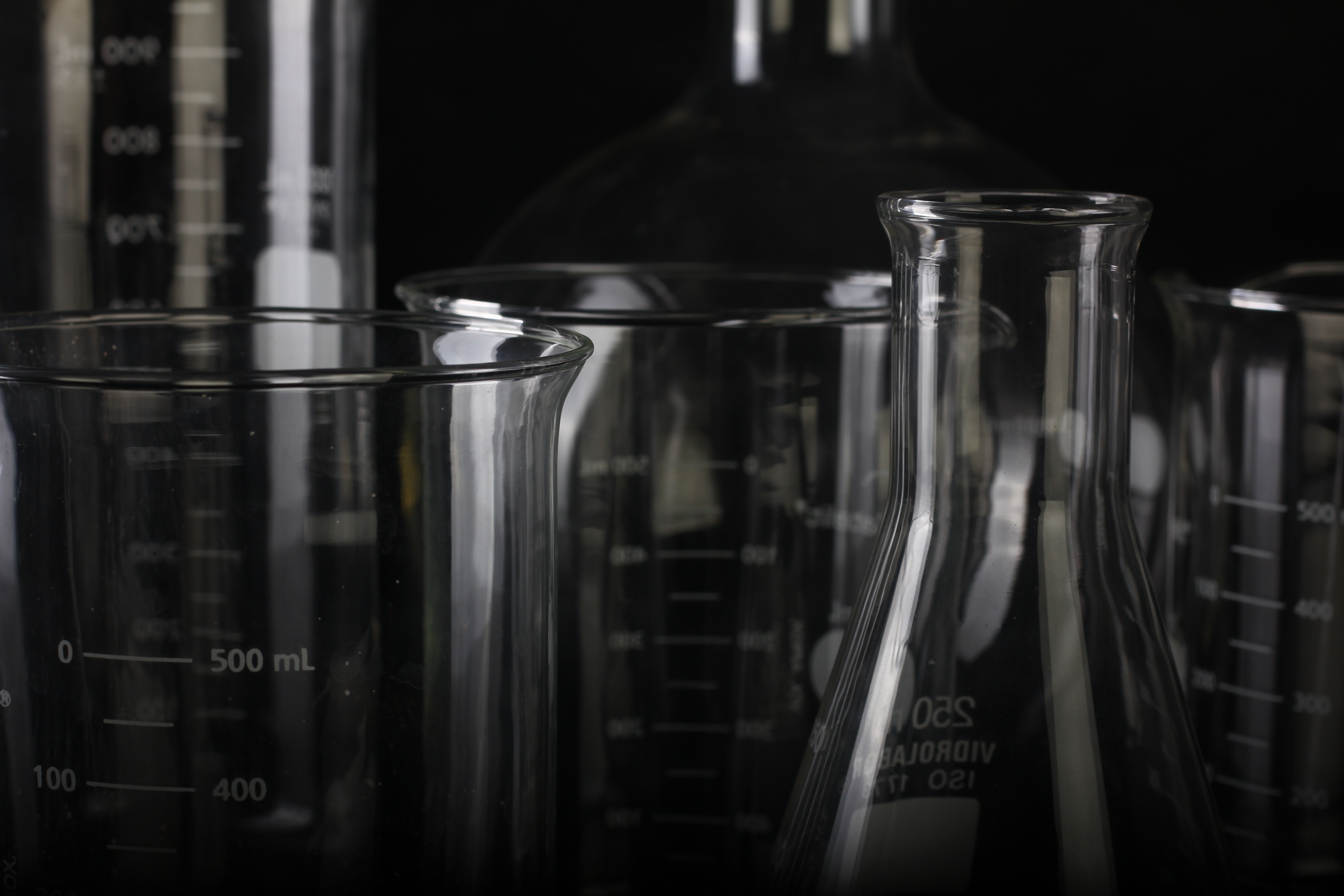
Application of the bioactive membranes in sample preparation for microplastic analysis
The created biomembranes will be applied in the process of sample preparation for microplastic analysis. Firstly, model solutions will be tested, and once the optimal sample preparation conditions are established, environmental samples will be examined. The obtained results will be the basis of the development of the enzymatic membrane reactor (EMR) conceptualization for sample preparation.

Detailed characterization of the microplastic samples after processing with the biomembranes and determination of process efficiency.
This task will be aimed at the assessment of the quantitative and qualitative analysis of the samples polluted with microplastic after preparation with biologically active membranes. This will allow a better understanding of the impact of the sample preparation procedure on the results obtained using different techniques. Furthermore, the results of this task will enable evaluation of the sample preparation procedure in the meaning of the sample replicability and may lay the foundations for setting new standards in microplastic analysis.

Characterization of the properties of the biocatalytic membranes
The created biomembranes will undergo careful physicochemical and morphological characterization, and their catalytic potential will be evaluated. This is necessary to understand their mechanism of action and properly design further steps of the sample preparation process.


Unleash yourself, relax yourself

Fitness Training
Augue congue elementum. Morbi in ipsum sit amet peda facilisis laoreet dnec lacus nunc.

Yoga Classes
Augue congue elementum. Morbi in ipsum sit amet peda facilisis laoreet dnec lacus nunc.

Body Massage
Augue congue elementum. Morbi in ipsum sit amet peda facilisis laoreet dnec lacus nunc.